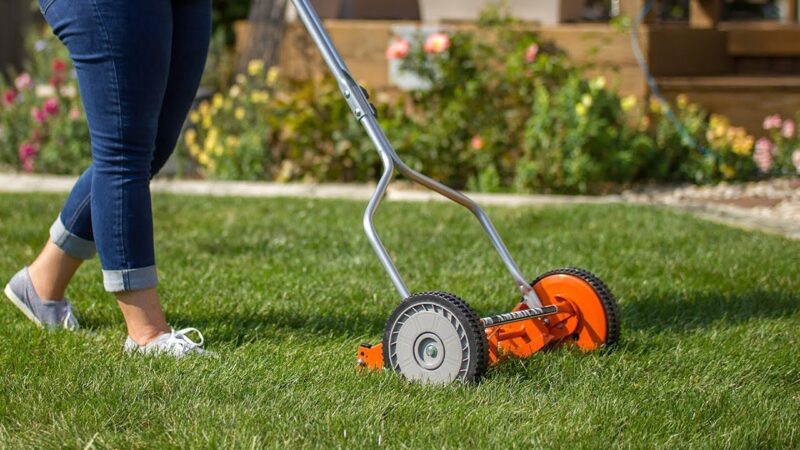How to Grow and Care for Pecan Tree

Pecans are a healthy, nutritious edible nut or can be included as part of any vegetable recipe. Pecans are typically associated with desserts and are enjoyed them in exquisite dishes too. The pecan nuts with several health benefits and their molded structure, crunchy taste, and buttery flavoring make an exceptional ingredient to include in several dishes. These pricey pecans are native to America that are related to the walnut grow surrounded in a brownish-red oval shell. It contains biological minerals like monounsaturated fats in the form of oleic acid along with phenolic antioxidants, to help overcome the risk of heart illness.
Pecan nuts prevent constipation and decrease the danger of hemorrhoids and colitis by flushing out the gastrointestinal system of your body. Growing pecan trees in small yards aren’t practical because the trees are large, and they are typically dwarf varieties. It is an excellent source of vitamin-E, vitamin-A, zinc, folate, and phosphorous that play a significant role in maintaining healthy and good skin. As pecans are a good source of iron and so the common losses of hair damage can be reduced.
Soil Requirements

The soil at the seeding position should be well-drained soil with rich sandy loam and at pH in the range 6.0-7.0. They prefer neutral to slightly acidic soils. The Pecan trees grown in such soil conditions do not need any nutrient manure except nitrogen and zinc.
Watering Needed
It is advisable to thoroughly water the little pecan tree in its container before the initial growth. During the growth and nut-bearing time, two inches of water per week is the requirement. The plant should be watered along a drip line for the best outcomes.
Pests and Diseases
Scab, a fungus that produces black lesions on the plant’s leaves and stalk, are some of the main pests that affect the trees. Aphids and insects can also hit pecan leaves.
Sunlight Required
A location with full sun is preferred for the proper growth of the plant.
Fertilizer Needed
Pecans benefit from organic fertilizer, and a two-inch layer of compost should be applied each spring. As they have a higher need for extra zinc, a foliar spray of zinc sulfate starting at bud break can be used. Continue using it every three weeks until the nuts are accumulated.
Varieties of Pecan

There are many listed cultivars of pecans that have been produced for specific regions and climates. Some of the common ones are:
1. Candy
An early maturing variety is producing ripe nuts in early fall. They’re a more manageable size than the other available types. It grows in USDA Zones 6-9.
2. Colby
It is regarded as one of the perfect variety for pecan pie—a fast-growing, sturdy, and hardy cultivar producing large crops of meaty, thin-shelled nuts.
3. Desirable
This variety has been commercially planted because it grows fast and produces giant clusters of large, flavorful nuts and ripens from October to November.
4. Lakota
‘Lakota’ is considered as extremely high yielding and easy to shuck with tasty golden kernels growing well in the windy areas of the central plains.
It is recommended to plant the trees at least 60 feet apart, with approximately 65 to 80 feet spacing between each pecan tree. The faster-growing tree over-shadow the slower tree and stunt it in most crowded areas.
Pecan trees can be planted as both bare-root or container-grown. Bare-root pecan trees should be removed during the dormant season. Container-grown trees are limited to receive transplant illness if planted while dormant, but with sufficient care and watering, October to June is a feasible time to grow.
Pecans are great for your skin and hair and include vitamin B complex, vitamin A, vitamin E, phosphorus, calcium, magnesium, zinc, etc., that play an important role in the energy of your skin and hair. These minerals are required for maintaining the integrity of cell membrane of mucus layers and skin by shielding it from harmful oxygen-free elements.





